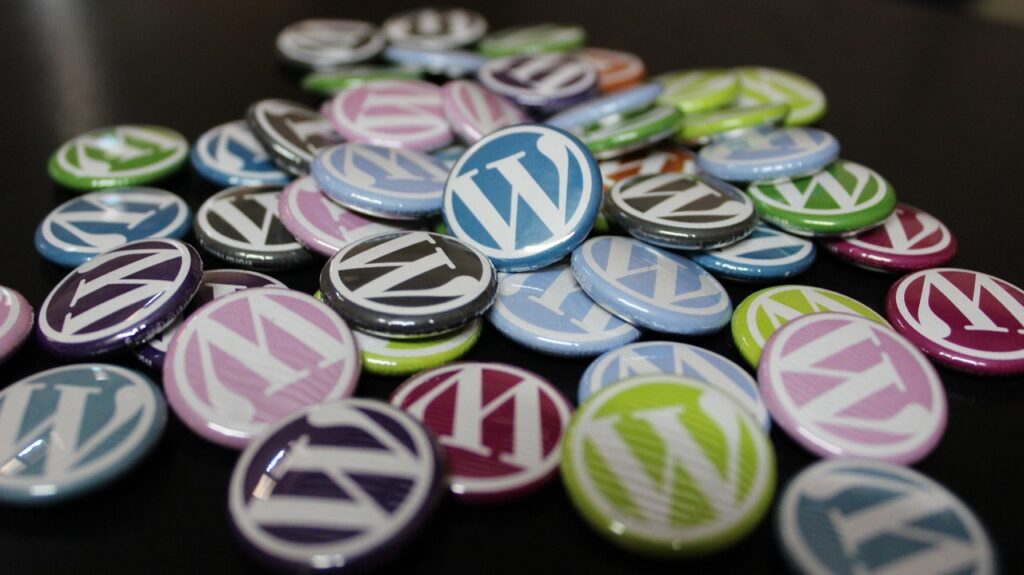Building a Multilingual Website with WordPress

Building a multilingual website with WordPress is a great way to reach a worldwide audience. WordPress is an open source platform that makes website creation and localization easy, while providing many powerful features. In this article, we’ll discuss how to build a multilingual WordPress website from scratch.
First, you’ll want to choose a reliable hosting provider. Many hosting companies offer special packages for WordPress hosting, making it easy for you to install the necessary components and set up your website. Additionally, make sure to select a hosting provider that offers reliable support and performance.
Next, you’ll want to install WordPress on your server. This can be done via cPanel, or you can use Softaculous, which is a software application that make it easy to install WordPress. Once you’ve completed the installation, you can begin setting up your multilingual website.
Before you begin setting up your website, consider researching of the various multilingual WordPress plugins available. These plugins make localization easy by allowing you to create versions of your website in different languages with minimal setup. Popular plugins include WPML, Polylang, and qTranslate X. After you’ve chosen a plugin, you can begin setting up your multilingual website.
Begin by creating a base language, or a “default” version of your website. This version will be in the language of your choice and will be used as the “master” version for your website. All other languages will be created from this version, so make sure to take the time to ensure that it is properly localized.
Next, use your multilingual plugin to create versions of your website in different languages. If you’re using WPML, for example, you’ll want to create a separate “language” for each language you want to offer. You can then use the plugins’ tools to translate the individual pages, posts, and other elements of your website.
Once you’ve created the different language versions of your website, you’ll want to make sure that your content is easily accessible for your users. The best way to do this is to add a “language switcher” to your website. This switcher will allow users to easily switch between the different language versions of your website without having to reload the page.

Finally, you’ll want to ensure that search engines properly understand your multilingual website. A good way to do this is to use the hreflang tag, which is a meta tag that helps search engines identify the different language versions of your website. This tag should be applied to every page that is part of your multilingual website.
Building a multilingual website with WordPress is a great way to reach a new audience. With a few simple steps, you can have a fully localized website ready to go. To make the process even easier, consider researching the various multilingual plugins available, as they can make localization simple and straightforward.Once you’ve completed these steps, your website should be ready to go. Now, you can focus on creating great content in multiple languages and attracting a worldwide audience.